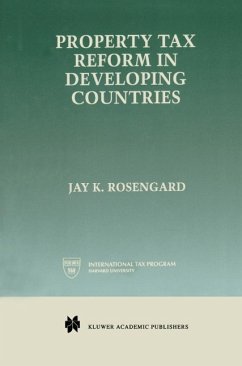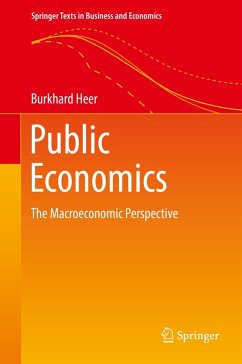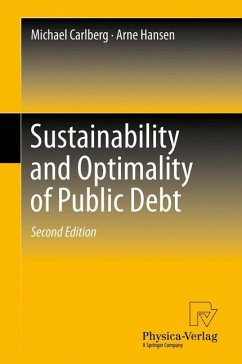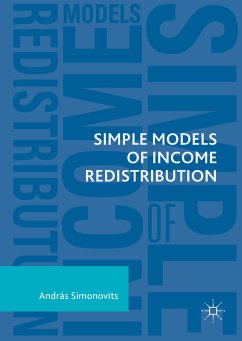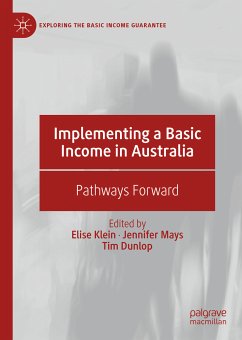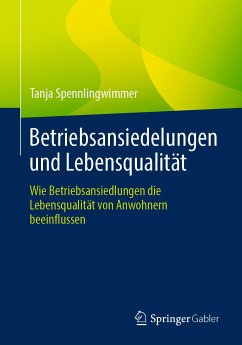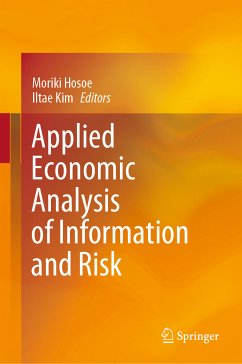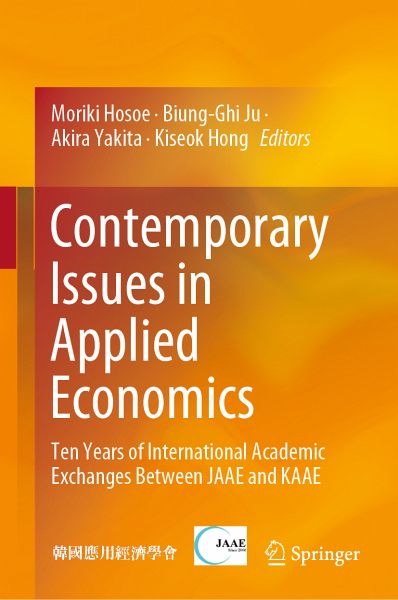
Contemporary Issues in Applied Economics (eBook, PDF)
Ten Years of International Academic Exchanges Between JAAE and KAAE
Redaktion: Hosoe, Moriki; Hong, Kiseok; Yakita, Akira; Ju, Biung-Ghi
Versandkostenfrei!
Sofort per Download lieferbar
72,95 €
inkl. MwSt.
Weitere Ausgaben:

PAYBACK Punkte
36 °P sammeln!
An important feature of this book is its analysis of various contemporary issues in applied economics, distinguished by advanced theoretical research and empirical analysis focusing on Japan and Korea. The book consists of four parts, the first of which investigates economic growth and welfare, using tools of applied analysis. In Part II, it examines inequality, redistribution, and intergenerational transfers, mainly on an empirical basis. In turn, Part III explores public policy and political economics, while Part IV addresses resource and environmental economics on the basis of data from Jap...
An important feature of this book is its analysis of various contemporary issues in applied economics, distinguished by advanced theoretical research and empirical analysis focusing on Japan and Korea. The book consists of four parts, the first of which investigates economic growth and welfare, using tools of applied analysis. In Part II, it examines inequality, redistribution, and intergenerational transfers, mainly on an empirical basis. In turn, Part III explores public policy and political economics, while Part IV addresses resource and environmental economics on the basis of data from Japan and Korea. In addition to offering valuable insights, this collection of papers commemorates the 10th anniversary of academic exchange between the Japan Association for Applied Economics (JAAE) and the Korean Association for Applied Economics (KAAE).
Dieser Download kann aus rechtlichen Gründen nur mit Rechnungsadresse in A, B, BG, CY, CZ, D, DK, EW, E, FIN, F, GR, HR, H, IRL, I, LT, L, LR, M, NL, PL, P, R, S, SLO, SK ausgeliefert werden.



